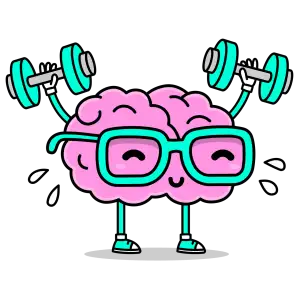Barbell Pics That Will Make You Want to Lift

Barbell Pics for Inspiration
There's something about a loaded barbell that screams raw power and potential. It's a simple tool, really, but in the hands of someone dedicated, it becomes a catalyst for incredible transformations. If you're looking for a dose of inspiration to fuel your own fitness journey, you've come to the right place.
We've curated a collection of barbell pics that capture the essence of hard work, dedication, and the pursuit of physical excellence. These images go beyond just showing exercises; they showcase the emotions, the grit, and the unwavering focus that comes with pushing your limits.
You'll see seasoned athletes conquering massive weights, their faces etched with determination. You'll witness the joy of a first successful lift, the feeling of accomplishment radiating from every pore. And you'll find inspiration in the everyday athletes, the ones who chip away at their goals one rep at a time, proving that strength comes in all shapes and sizes.
These barbell pics are a testament to the human spirit's ability to overcome challenges and achieve the extraordinary. Let them serve as a reminder that you too have the power within you to transform your body and mind. So scroll through, get inspired, and then go out there and make your own barbell story.
Types of Barbells in Photos
Barbells are the backbone of any serious weightlifting routine. But not all barbells are created equal. Whether you're a seasoned lifter or just starting your fitness journey, understanding the different types of barbells is crucial for maximizing your workouts and achieving your fitness goals. Let's dive into the world of barbells and explore the key variations you'll encounter at the gym:
1. The Olympic Barbell: This is the gold standard, often seen in weightlifting competitions and commercial gyms. Designed to withstand heavy loads, it typically weighs 20kg (45lbs) and measures 7 feet long. The Olympic Barbell is known for its durability, spin, and knurling, making it ideal for a wide range of exercises, from squats and deadlifts to bench presses and overhead presses.
2. The Standard Barbell: As the name suggests, this is your everyday barbell, commonly found in home gyms and some commercial facilities. It's slightly lighter than the Olympic Barbell, usually weighing around 15kg (35lbs), and may have less aggressive knurling. While it might not be suitable for the heaviest lifts, the Standard Barbell is versatile enough for most workout routines.
3. The Women's Olympic Barbell: Don't let the name fool you, this barbell is not just for women. It's a slightly shorter and lighter version of the Olympic Barbell, typically weighing 15kg (35lbs) and measuring around 6.5 feet long. The Women's Olympic Barbell is a great option for individuals with shorter reach or those who find the standard Olympic Barbell too cumbersome.
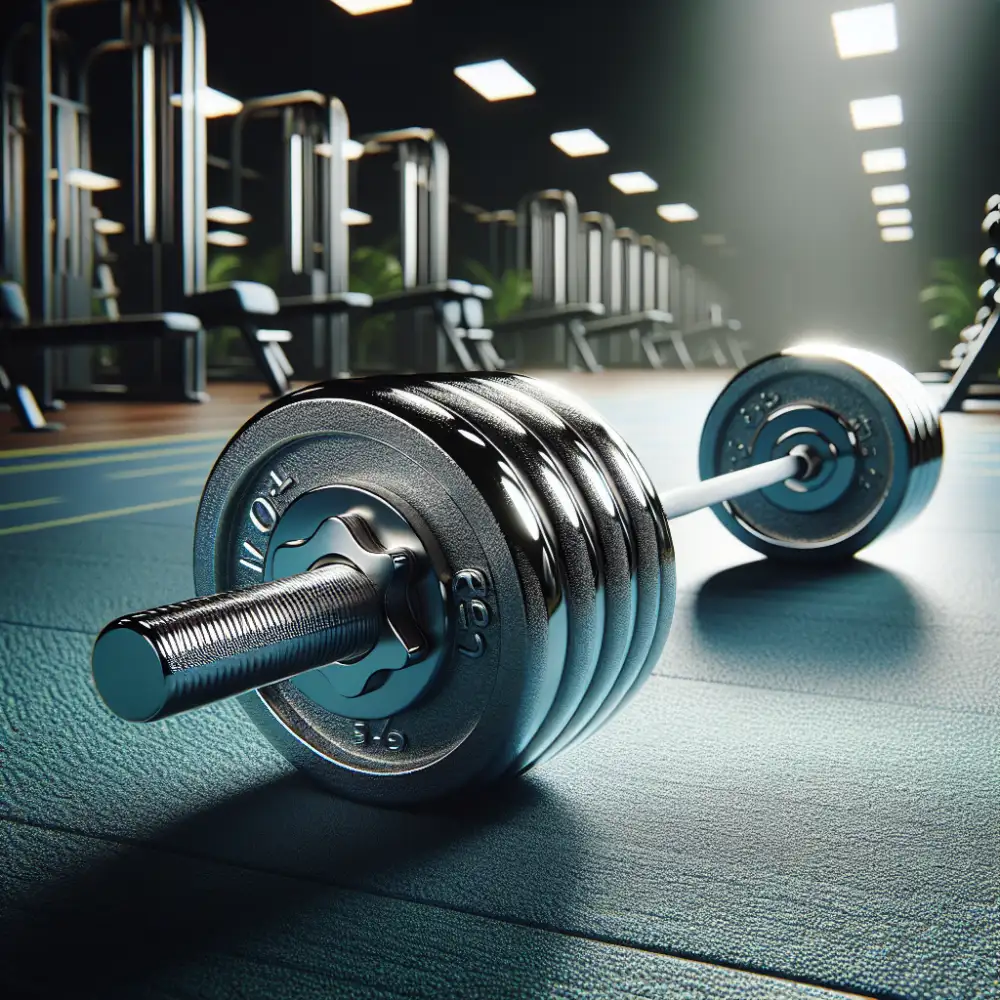
4. The EZ Curl Bar: This barbell is easily recognizable by its unique W-shaped design, which provides a semi-supinated grip. The EZ Curl Bar is specifically designed to target the biceps and triceps, reducing strain on the wrists and elbows during curls and extensions.
5. The Trap Bar (Hex Bar): Shaped like a hexagon, the Trap Bar allows you to stand within its frame, offering a unique loading pattern that can be easier on your lower back compared to traditional barbell squats. The Trap Bar is excellent for deadlifts, shrugs, and farmer's walks, engaging multiple muscle groups simultaneously.
6. The Safety Squat Bar: This specialized barbell features a padded yoke that sits across your upper back, with handles extending forward for grip. The Safety Squat Bar helps maintain an upright posture during squats, reducing stress on the wrists and lower back.
7. The Fixed-Weight Barbells: These barbells come pre-loaded with a specific weight, ranging from light to heavy. They are commonly found in gyms and are convenient for beginners or for exercises where quick weight changes are necessary.
8. The Cambered Bar: This barbell features a slight curve or camber in its center, designed to increase the range of motion during exercises like bench presses and squats. The Cambered Bar can add an extra challenge to your workouts and target muscles differently.
This is just a glimpse into the diverse world of barbells. Each type offers unique advantages and caters to specific training goals. By understanding the differences, you can choose the right barbell to optimize your workouts, enhance your performance, and achieve your fitness aspirations. Remember to consult with a certified fitness professional to determine the best barbell options for your individual needs and fitness level.
Creative Barbell Photography
Barbell photography goes beyond simply documenting a workout. It's about capturing the raw emotion, the physical prowess, and the dedication that comes with lifting. Whether you're a photographer looking for fresh ideas or a lifter aiming for scroll-stopping shots, here are some creative approaches to elevate your barbell photography game:
>Play with Light and Shadow:- Use dramatic lighting to highlight the definition and contours of the lifter's physique.
- Experiment with silhouettes and shadows to create a sense of mystery and power.
- Capture the interplay of light and sweat for a gritty, authentic feel.
- Zoom in on the chalked-up hands, the determined facial expressions, and the barbell bending under pressure.
- Capture the texture of the knurling on the barbell and the wear and tear on the weight plates.
- Don't be afraid to get up close and personal to emphasize the intensity of the moment.
- Shoot from low angles to make the lifter appear larger than life.
- Use leading lines and natural frames to draw the viewer's eye to the subject.
- Play with symmetry and asymmetry to create visually interesting compositions.
- Use a fast shutter speed to freeze the action at the peak of a lift.
- Experiment with slow shutter speeds to convey a sense of motion and power.
- Capture the lifter in different phases of the lift, from the initial pull to the triumphant lockout.
- Focus on the lifter's journey, their struggles, and their triumphs.
- Use a series of photos to document a training session or competition.
- Capture the camaraderie and support between lifters.
| Feature | Professional Barbell Pics | Amateur Barbell Pics |
|---|---|---|
| Image Quality | High resolution, sharp focus | Variable, often lower quality |
| Lighting | Professional lighting setup, often with multiple light sources | Natural light or basic artificial light |
| Composition | Carefully composed, with attention to background and angles | Often simple composition, may include distracting elements |
| Editing | Professionally edited for color, contrast, and clarity | May be unedited or minimally edited |
Think Outside the Gym:
- Take the barbell outdoors and experiment with natural backdrops like forests, beaches, and urban landscapes.
- Use props and creative styling to add visual interest and personality to your shots.
- Don't be afraid to break the rules and experiment with unconventional perspectives and techniques.
Remember, the most important thing is to capture the essence of barbell training: the dedication, the intensity, and the pursuit of strength. With a little creativity and a keen eye, you can create stunning barbell photos that inspire and amaze.
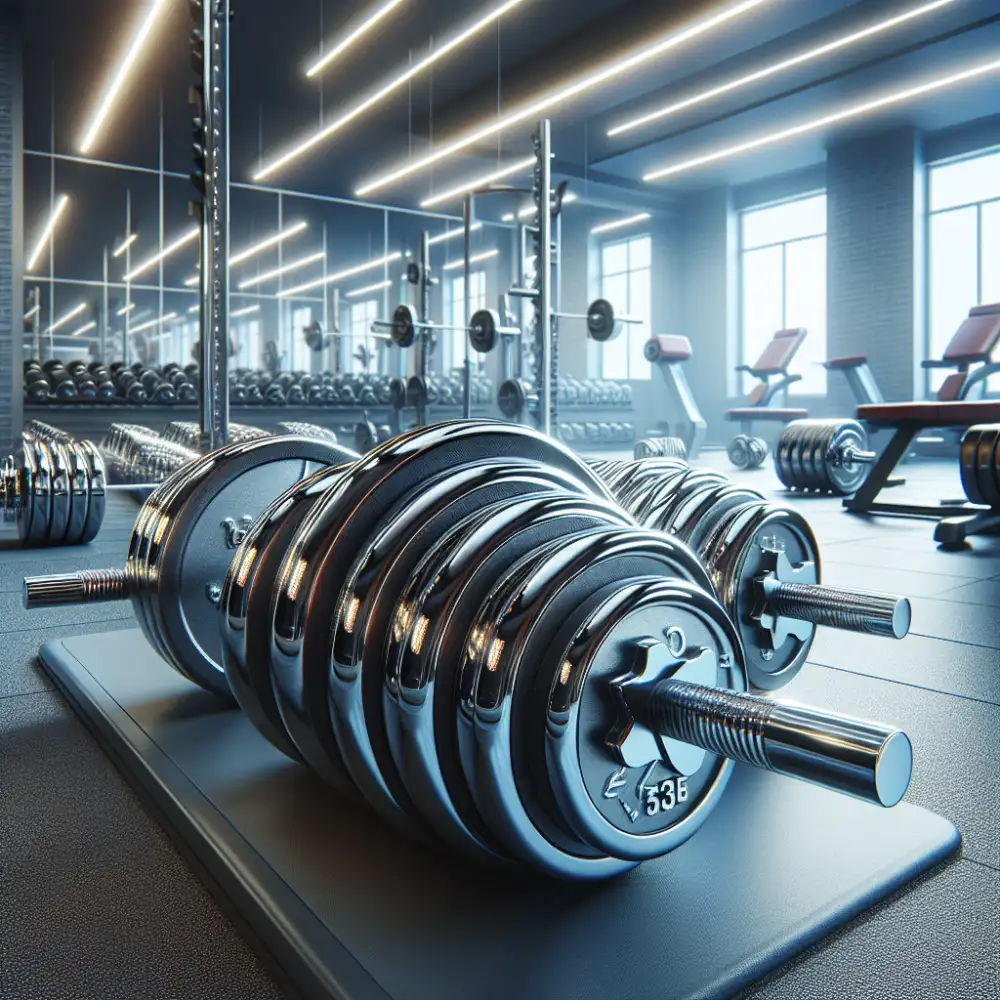
Using Barbell Images Effectively
Barbell images are more than just pictures of weights. They represent strength, discipline, and the pursuit of physical excellence. Whether you're creating content for a gym, a fitness blog, or a sportswear brand, using barbell images effectively can significantly impact your message.
First, consider your audience. Are you targeting seasoned weightlifters or beginners? Images of complex lifts with heavy weights might resonate with experienced athletes but could intimidate newcomers. For a broader audience, opt for images of people using barbells for more accessible exercises like squats or deadlifts.
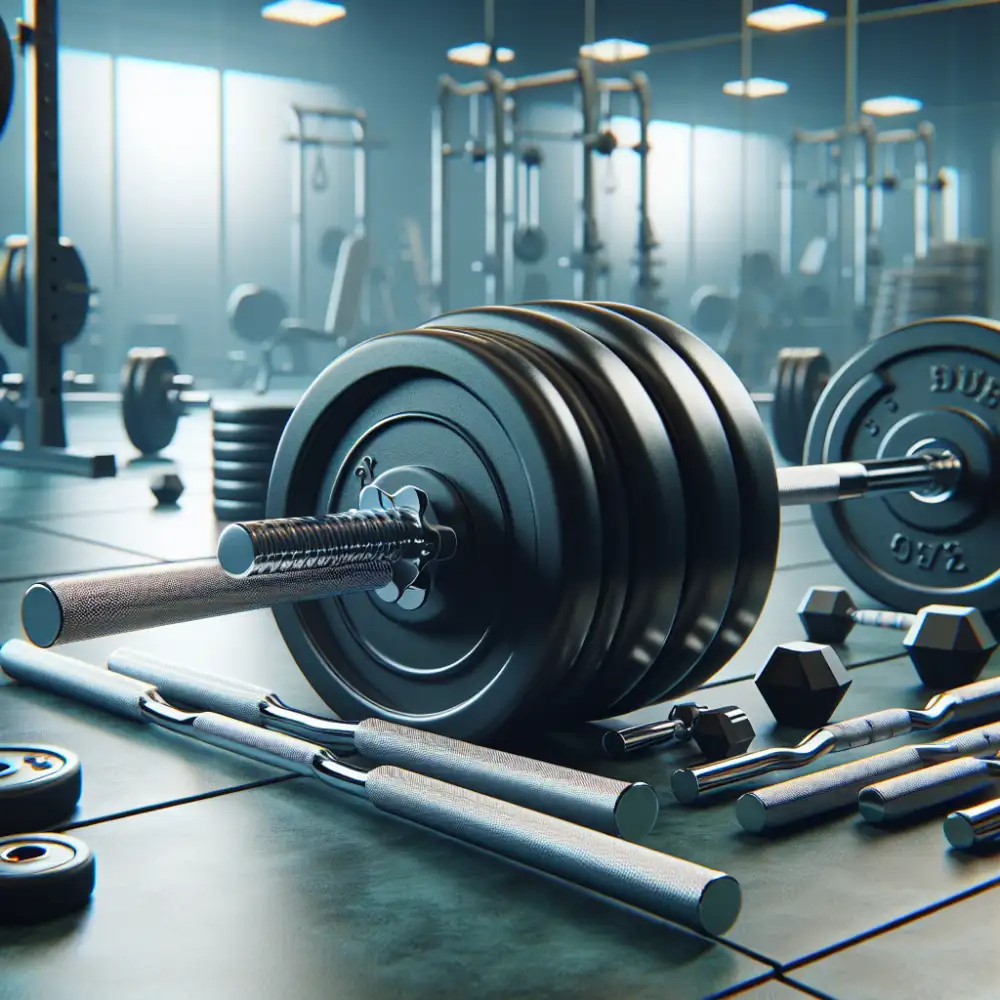

Authenticity is key. Avoid overly staged or edited photos. Real people, with real emotions, sweating and striving, will resonate more powerfully than picture-perfect models. Show the effort, the focus, the grit that goes into weightlifting.
Diversity matters. Feature people of different genders, body types, ages, and ethnicities engaging with barbells. This inclusivity broadens your reach and promotes a positive and welcoming image of the fitness community.
Don't limit yourself to gym settings. While photoshoots in well-equipped gyms have their place, consider more dynamic and unexpected locations. A barbell being used outdoors, in an urban environment, or even in a home gym setting can add visual interest and challenge conventional fitness imagery.
Composition is crucial. Use angles and perspectives that highlight the barbell and the lifter's form. Close-ups on hands gripping the bar, the strain in a lifter's muscles, or the focused expression on their face can add drama and intensity.
Finally, remember the power of storytelling. Instead of just showcasing the act of lifting, use barbell images to tell a story. Capture the journey of progress, the camaraderie between training partners, or the emotional release of achieving a personal best.
By using barbell images thoughtfully and creatively, you can create visually compelling content that resonates with your audience, strengthens your brand, and inspires others to embrace the transformative power of weightlifting.
Barbell Pics: Dos and Don'ts
When it comes to barbell pics, there’s a fine line between capturing the essence of your iron journey and, well, looking like you’re trying too hard. Fear not, fellow iron addicts, we’ve got your back (and biceps and quads) covered.
First, the “Dos” that’ll have you racking up the likes:
Do: Focus on Form. Nothing screams “I know my stuff” like impeccable form. Think controlled movements, tight core, and a stance that shows you mean business. A blurry pic of you half-repping a weight you can barely lift? Not a good look.
Do: Find Your Light. Good lighting can make or break your pic. Natural light is your best friend. Find a spot near a window or, if you’re training outdoors, take advantage of that golden hour glow.
Do: Highlight Your Gains (Subtly). You’ve been putting in the work, so it’s okay to show off a little. A well-fitting tank top that shows off your arms or a pair of shorts that accentuate those hard-earned legs? You do you.
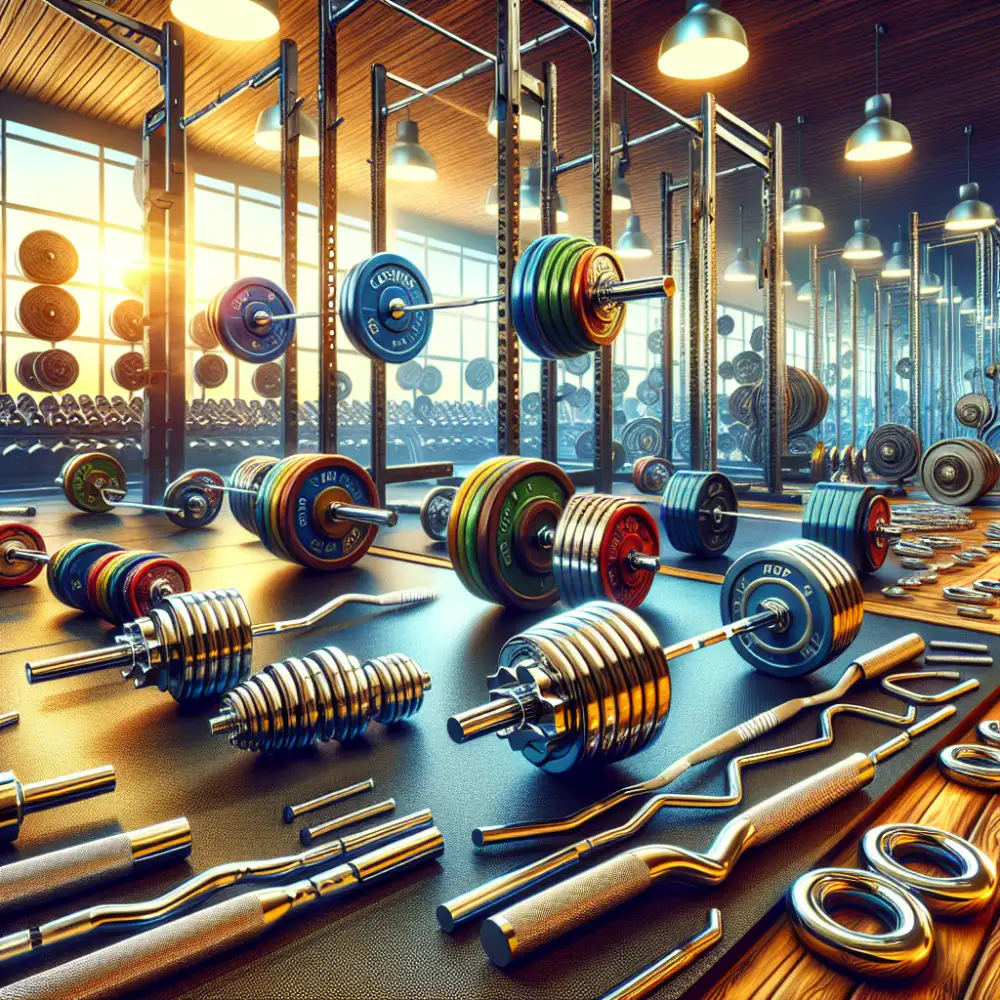
Do: Keep it Real. Authenticity rules. Don’t feel like you need to stage an elaborate photoshoot. Some of the best pics are candid shots that capture the raw emotion of a tough workout.
Do: Have Fun! At the end of the day, lifting is about pushing yourself and having a good time. Let that joy shine through in your pictures.
Now, for the “Don’ts” that’ll have you saying “What was I thinking?”:
Don’t: Be a Distracted Lifter. Put your phone away when you’re in the zone. Not only is it safer, but it also shows that you’re fully present and committed to your workout.
Don’t: Overdo the Filters. A little editing is fine, but don’t go overboard. Let your hard work speak for itself. No one needs to see you with a digitally-enhanced six-pack.
Don’t: Make it All About the ‘Gram. Remember, you’re there to train, not just to take pictures. Don’t let the pursuit of the perfect shot interfere with your workout.
Don’t: Be Afraid to Experiment. Different angles, poses, and settings can make a big difference. Play around and see what works best for you.
Don’t: Take Yourself Too Seriously. It’s just a picture. Have fun with it!
So there you have it. Now go forth and capture those epic barbell moments. And remember, the most important thing is that you’re putting in the work and enjoying the journey.
Published: 21. 06. 2024
Category: Food

